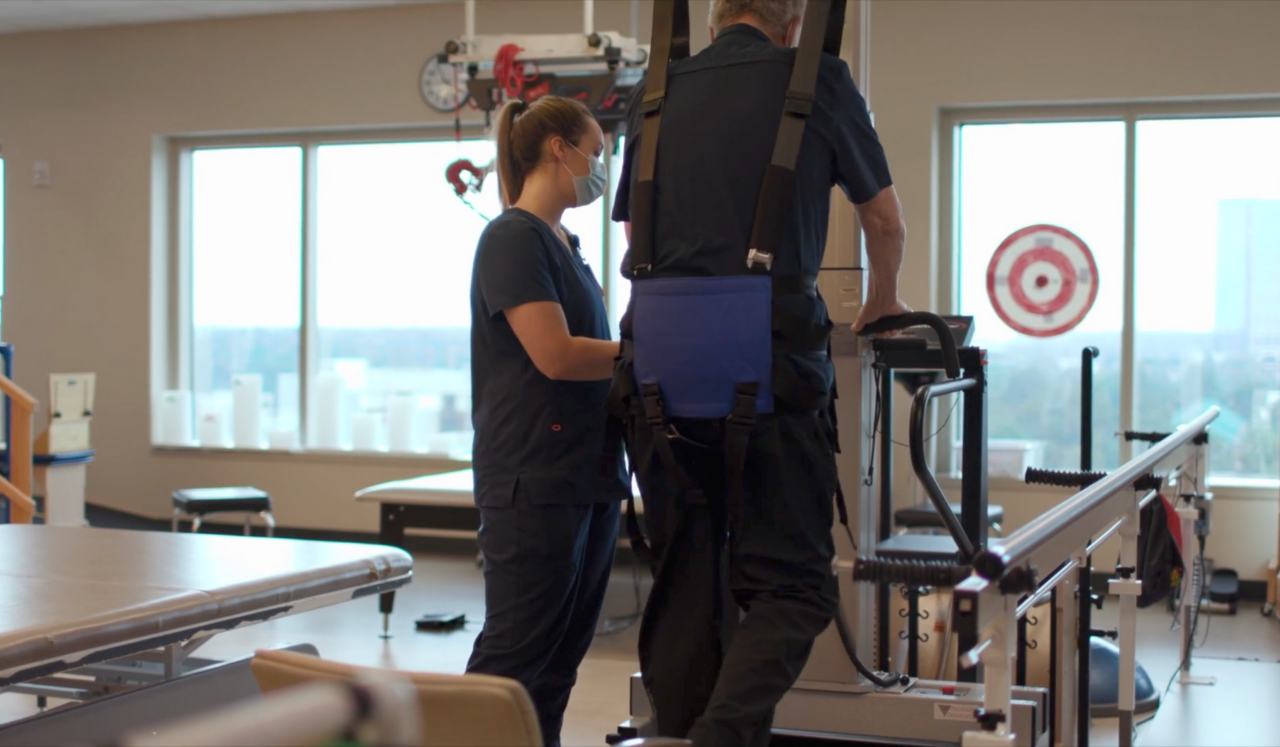November 17, 2020
You may think you got off lightly with a minor bout of COVID-19. But the coronavirus may not be done with you—even if tests say otherwise.
The latest research indicates a devastating second act for some survivors due to damage from COVID-19 — or the body’s response to it, says Gerard E. Francisco, MD, professor and chair of the Department of Physical Medicine and Rehabilitation at McGovern Medical School at The University of Texas Health Science Center at Houston; and chief medical officer and director, NeuroRecovery Research Center, TIRR Memorial Hermann.
“Even those who were young, healthy and had very mild COVID-19 symptoms originally may later be hospitalized due to damage that occurs to cardiovascular, nervous, musculoskeletal or digestive systems,” he says.
Medical experts believe the immune system is the key to what doctors call chronic COVID, or post-COVID-19 syndrome, that continues for 6 weeks, 6 months or even longer in “long-haulers.”
“Your body’s immune system mounts a response to fight infection, but if it doesn’t turn off. It may attack organs of the body it’s meant to protect,” Dr. Francisco says.
Disabling traits may mimic those of stroke, traumatic brain injury, dementia or multiple sclerosis. They can include brain fog, shortness of breath, nerve pain, and weakness to the point that people are unable to dress or feed themselves or walk beyond short distances.
Some of this is due to disruption of the autonomic system, which regulates day-to-day function such as breathing, heart rate, digestion and blood pressure without us having to think about it.
Getting Back to Normal May Require Specialized Care
Regaining your full capabilities isn’t as easy as restarting your laptop or kicking out a party guest who hangs around.
You may need rehabilitation to regain your full physical and mental abilities. “That can require a large team of clinicians and therapists,” Dr. Francisco says. “Going to rehab is not the same as going to physical therapy.”
TIRR Memorial Hermann tailors care to the individual. It may include:
- Physical therapists to target muscle weakness and tightness, gait and strength and improving respiratory symptoms via breathing exercises
- Occupational therapists to focus on strengthening and regaining coordination of upper limbs and retraining people’s ability to perform other daily activities, such as dressing, bathing, cooking and eating
- Speech and language pathologists to aid swallowing, thinking and speaking
- Neuropsychologists to help with cognitive, behavioral and emotional issues
- Nurses who are certified in rehabilitation
If you need help, get it, Dr. Francisco says. “While it’s tempting to attribute all symptoms to COVID-19, symptoms may be independent of the virus. You need to be evaluated by a physician to determine whether a separate condition should be further investigated and managed.”
Learn more about the long-term effects of COVID-19 and the TIRR Memorial Hermann COVID-19 Rehabilitation Program.
The information in this article was accurate as of November 17, 2020.


